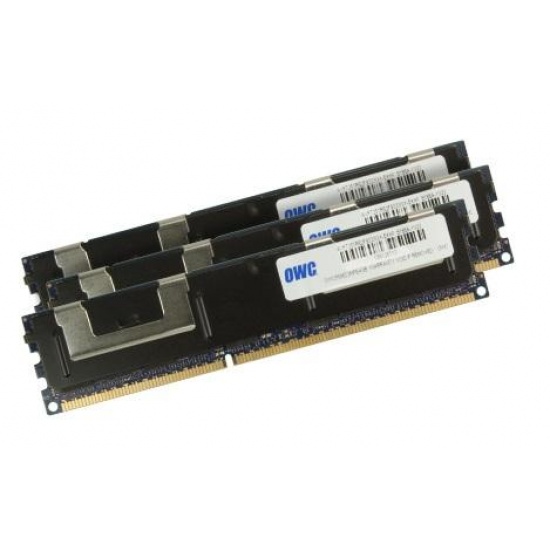
Here's how it works: While data is traditionally encrypted at rest and in transit, confidential computing protects data while it's being processed, using hardware-based techniques to isolate data, specific functions or an entire application from the operating system, hypervisor or virtual machine manager. It allows governments to share the results of machine-learning inferencing on highly-protected or sensitive data sets without requiring them to share the data sets themselves. The confidential computing approach protects critical information by isolating sensitive data in a protected, hardware-based computing environment during processing.

With this kind of backdrop, government security officials around the world must seek out and employ the very best security measures, and that's where confidential computing comes in.

These are areas whose assets, systems and networks, whether physical or virtual, are considered so essential "that their incapacitation or destruction would have a debilitating effect on security, national economic security, national public health or safety," the report reads. Department of Homeland Security identifies 16 "critical infrastructure sectors," such as transportation and drinking water, that are vital to the nation. In addition, government agencies and their valuable databases are often in the crosshairs of hackers bent on acts of cyber warfare. The critical need to exchange information among hundreds of international agencies or departments can be tough to pull off, especially if it's medical, financial or cybersecurity information that is highly protected by regulatory guardrails. When the COVID-19 crisis crippled societies last year, the collective worldwide race for a cure among medical researchers put a spotlight on the immense power of big data analysis and how sharing among disparate agencies can save lives.


 0 kommentar(er)
0 kommentar(er)
